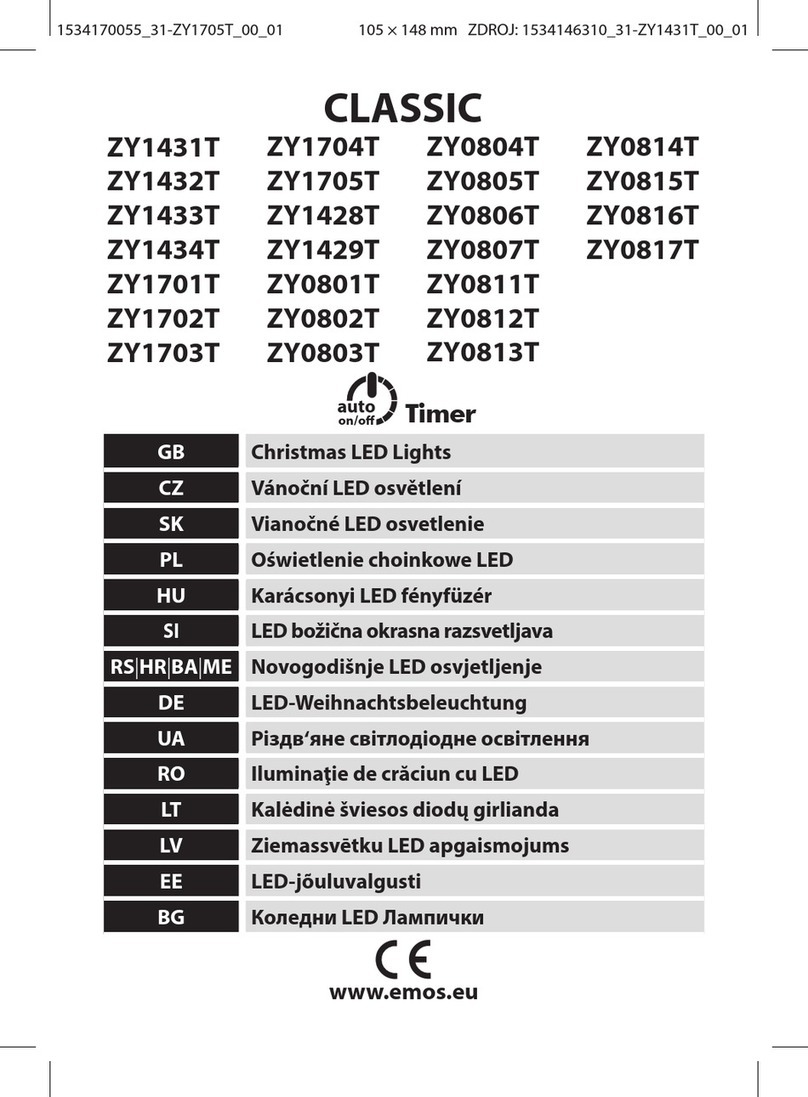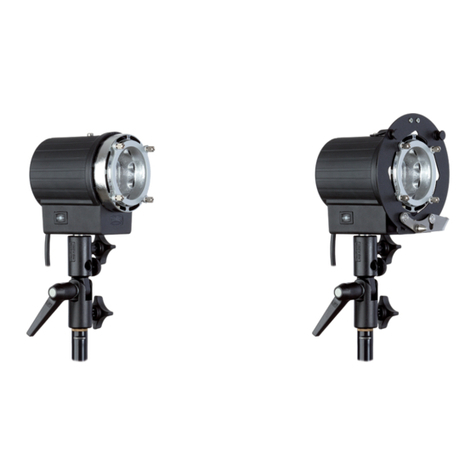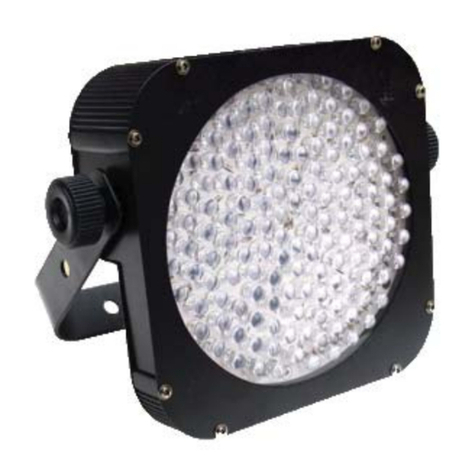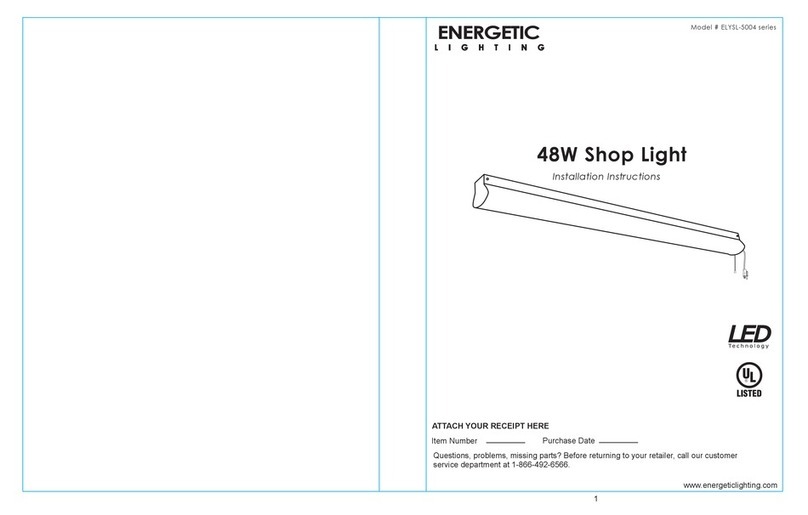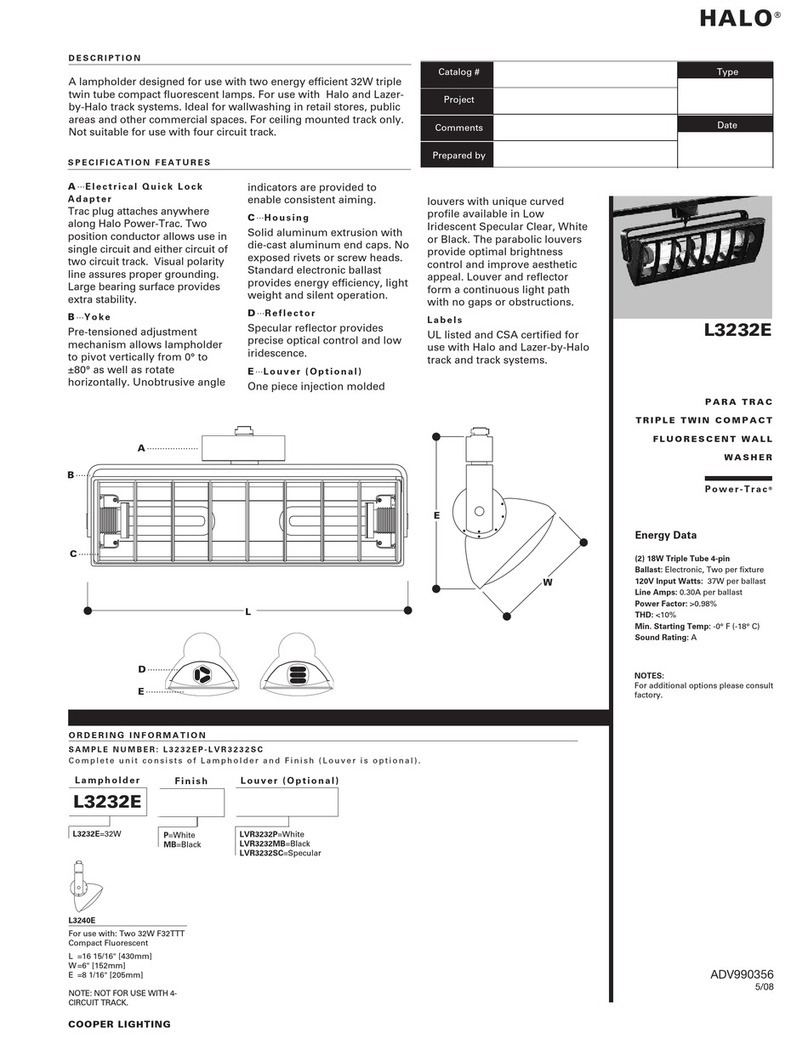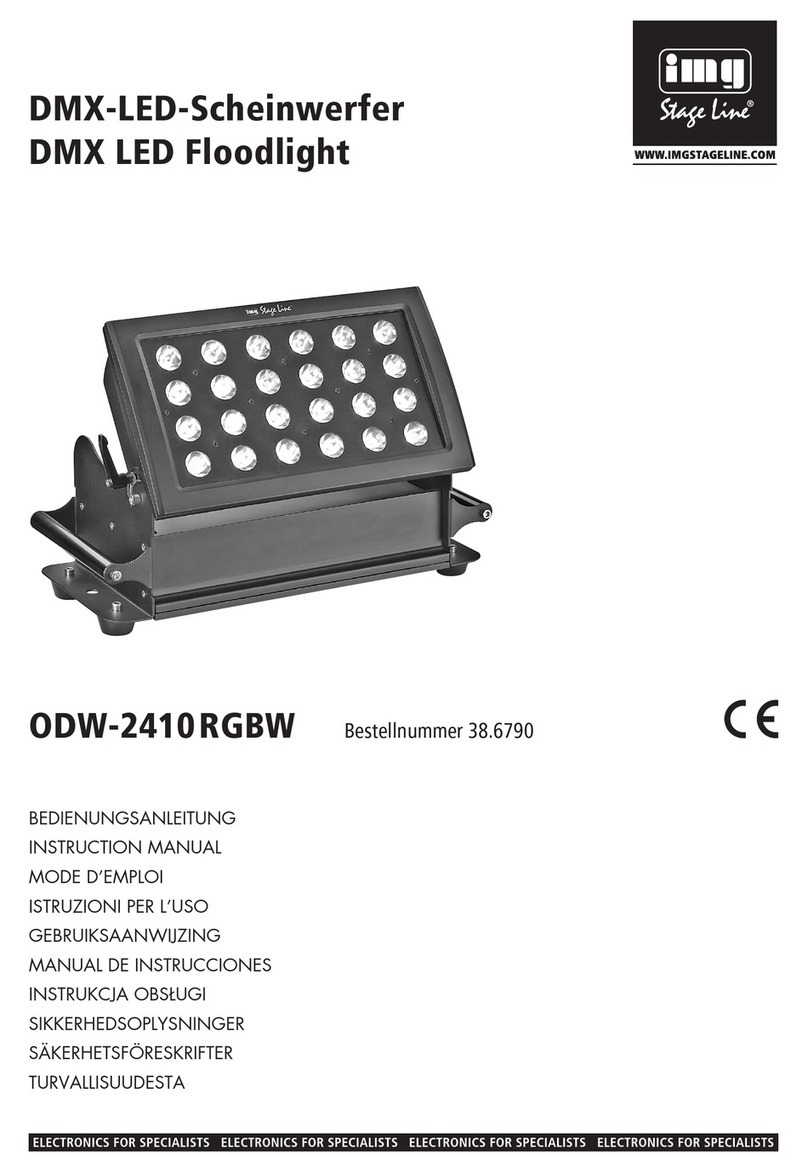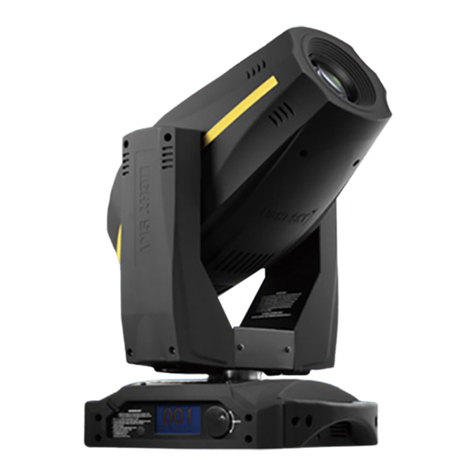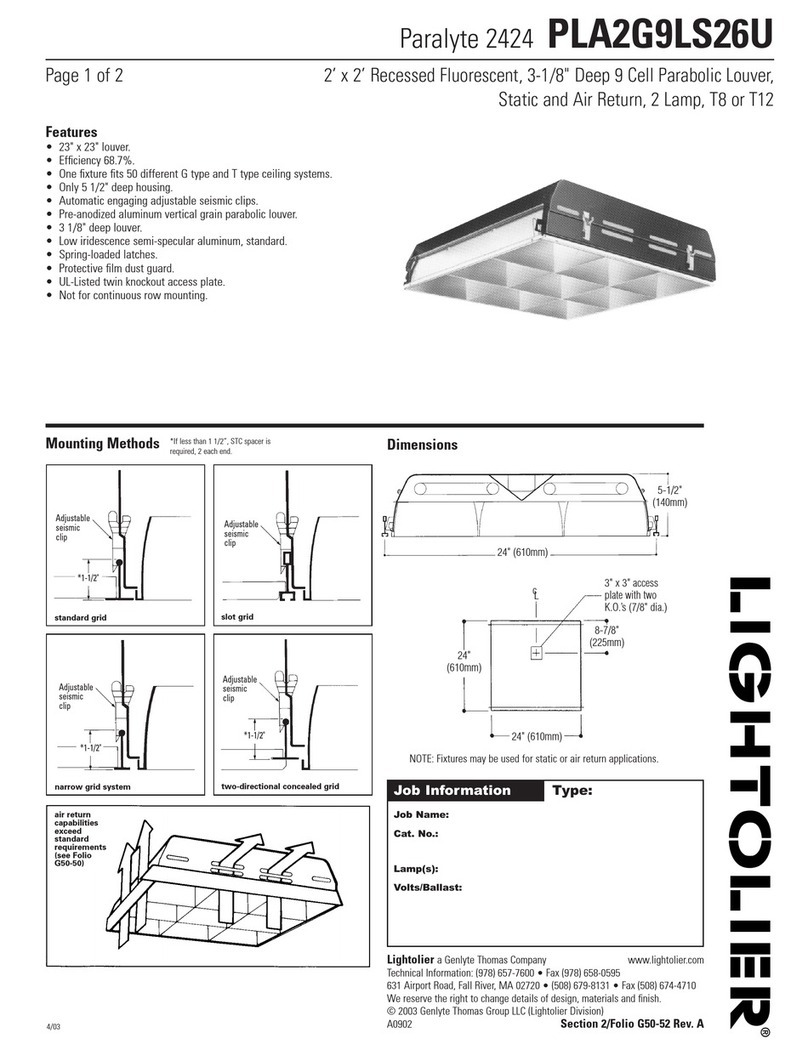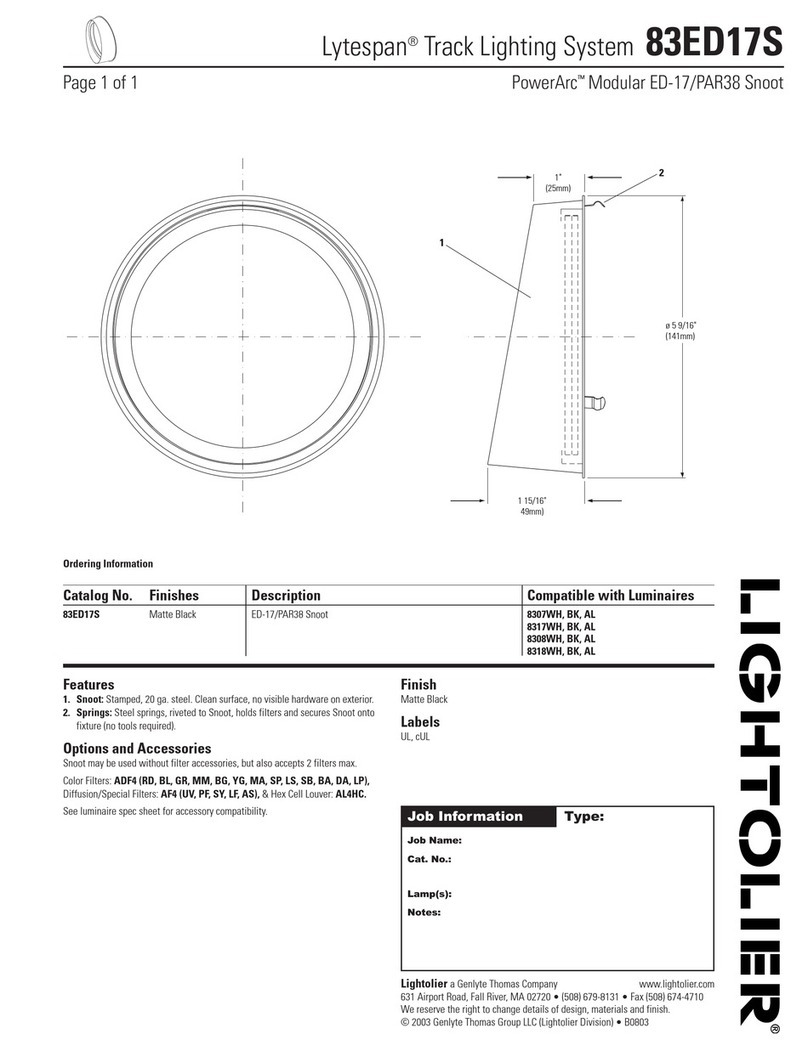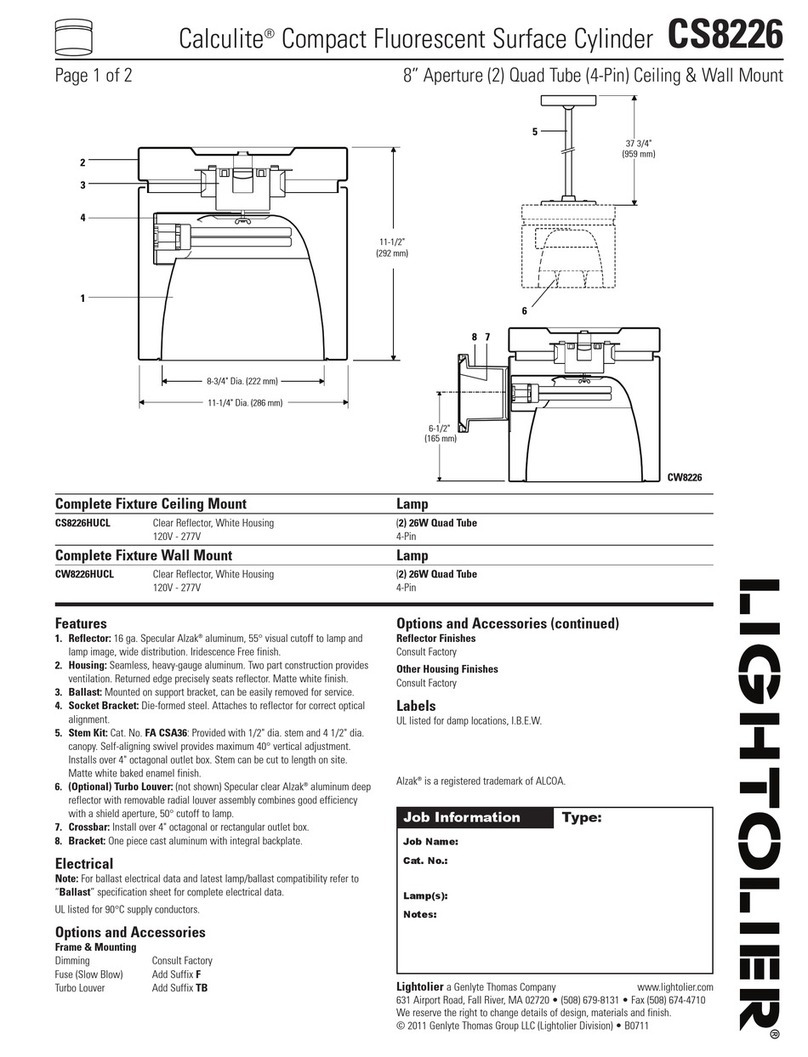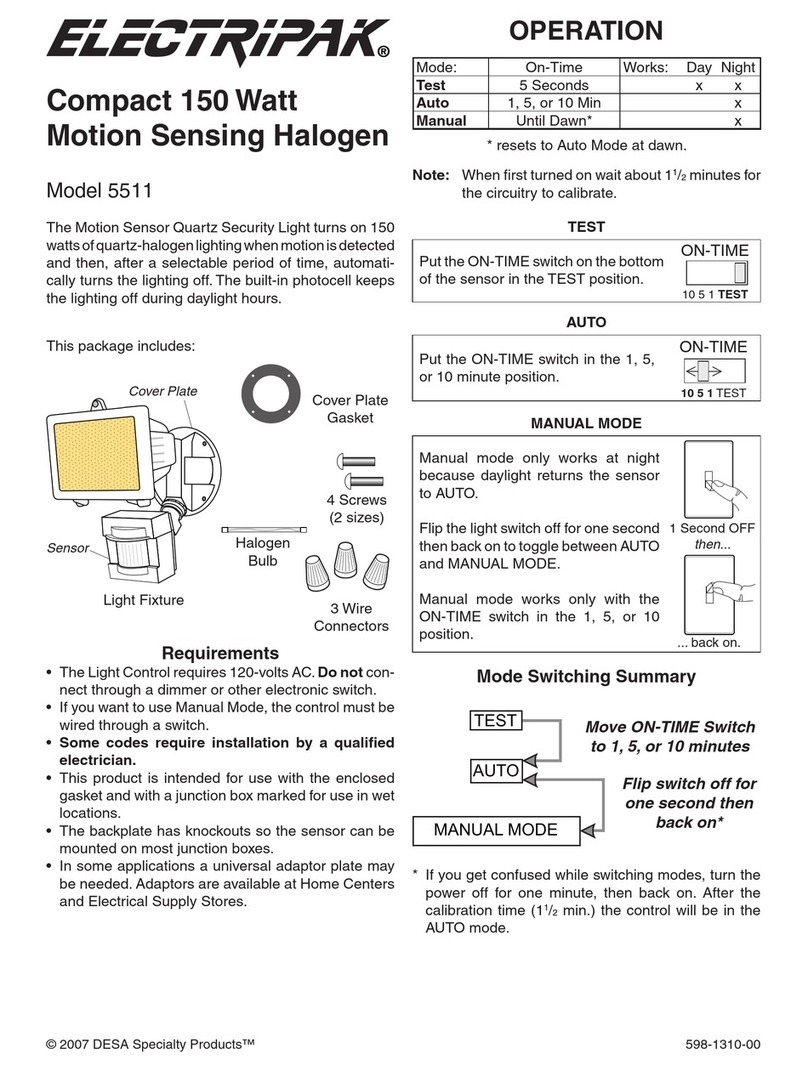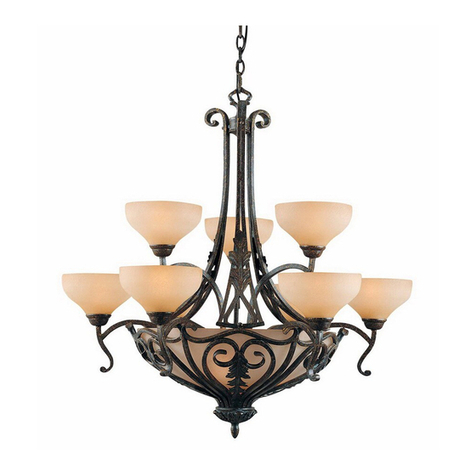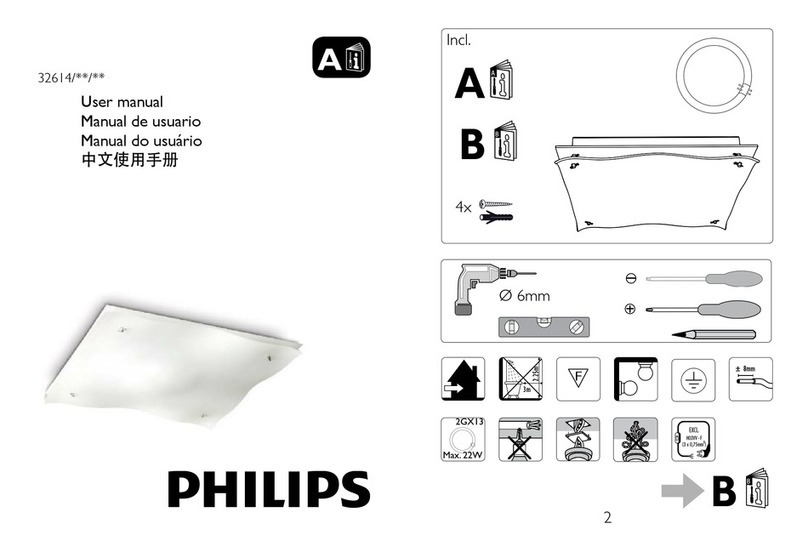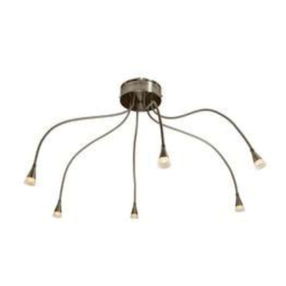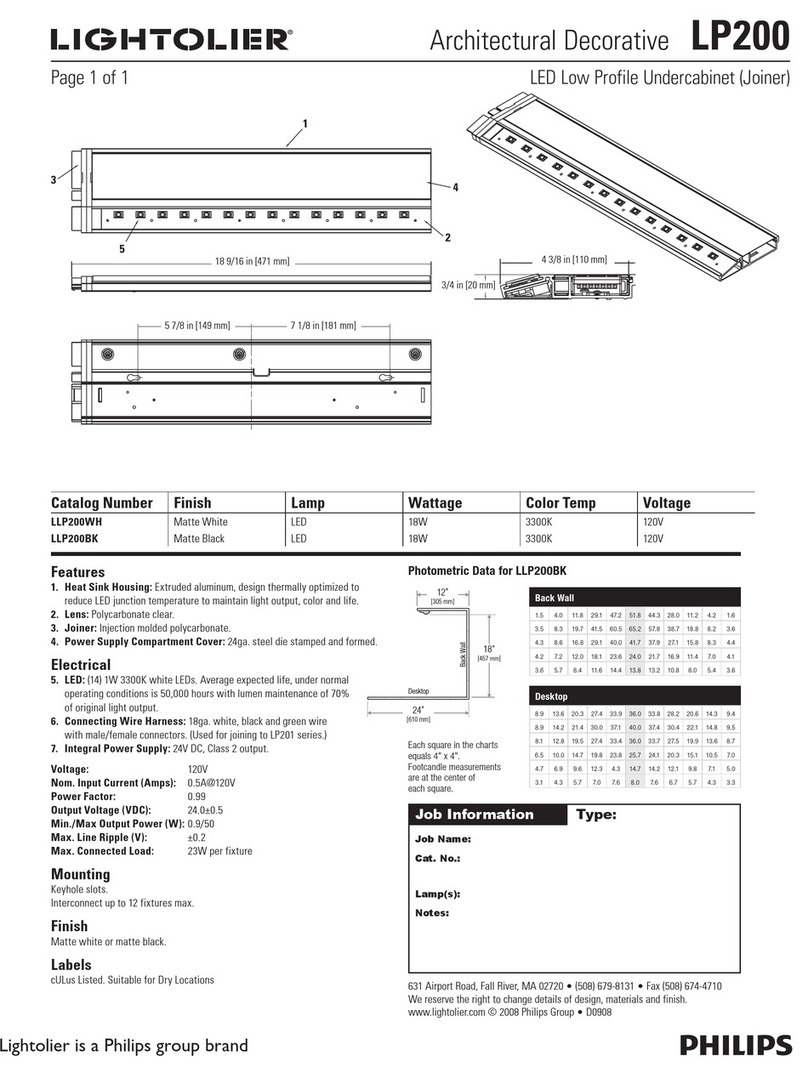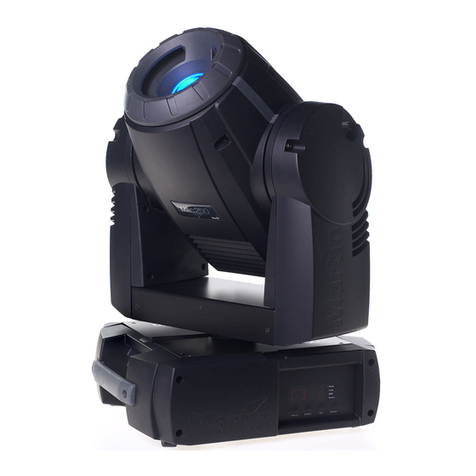
8598-1311-00
SINTOMA
La luz no se
enciende.
La luz se prende
durante el día.
La luz se prende
sin ninguna
razón aparente.
La luz se prende
una vez y luego
permanece
apagada en la
fase Manual.
POSIBLE CAUSA
1. El interruptor de luz está apagado.
2. El faro está flojo o fundido.
3. Elfusibleestá quemado o el cortacircuitos
está apagado.
4. La desconexión de luz del día está en
efecto. (Compruébelo al anochecer).
5. Alambradoincorrecto, siéstaesuna nueva
instalación.
6. Apunte de nuevo el detector para cubrir
las áreas deseadas.
1. El Control de Luz puede estar instalado
en un lugar relativamente oscuro.
2. El Control de Luz está en fase de Prueba.
(Fije el interruptor del control a la posición
de TIEMPO).
1. El Control de Luz puede estar detectando
animalespequeñoso el trásito de automó-
viles. (Reapunte el detector).
2. La Sensibilidad es demasiado alta. (Re-
duzca la sensibilidad.Apague el Aumento
de Distancia).
1. El detector está detectando su propia luz.
(Reubique las lámparas para mantener el
área debajo del detector relativamente
oscura).
POSIBLE CAUSA
1. Un faro está colocado demasiado cerca
al detector o apunta a objetos cercanos
que hacen que el calor active el detector.
(Reposicione la lámpara lejos del detector
o de los objetos cercanos).
2. El Control de Luz está apuntando hacia
una fuente de calor tal como un conducto
de aire, de secadora o hacia una super-
ficie con pintura brillante y que refleja el
calor. (Reposicione el detector. Apague el
Aumento de Distancia).
3. El control de luz está en el Modo Manual.
(Cámbiela a Automática).
1. El calor o la luz de las lámparas pueden
estar prendiendo y apagando el Control
de Luz. (Reposicione las lámparas lejos
del detector).
2. El calor que se refleja de otros objetos
pueden estar afectando al detector. (Re-
posicione el detector).
3. El Control de Luz está en fase de Prueba
y calentándose. (El prenderse y apagarse
es normal bajo estas condiciones.Apague
el Aumento).
4. Siesunaconexiónde alero,el protector de
lámpara no está instalado correctamente.
(Instale el protector de lámpara de acuerdo
a las instrucciones).
SINTOMA
La luz se queda
prendida con-
tinuamente.
La luz se prende
y se apaga.
GUIA DE INVESTIGACION DE AVERIAS
GARANTÍA LIMITADA A 90 DÍAS
Esta es una “Garantía Limitada” que le da a Ud. derechos legales específicos. Usted puede también tener otros derechos que varían
de estado a estado o de provincia a provincia.
Por un período de 90 días desde la fecha de compra, cualquier mal funcionamiento ocasionado por partes defectuosas de fábrica o
mano de obra será corregido sin cargo para Ud.
No cubierto - Servicio de reparación, ajuste y calibración debido al mal uso, abuso o negligencia, bombillas, baterías, u otras partes
fungibles no están cubiertas por esta garantía. Los Servicios no autorizados o modificaciones del producto o de cualquier componente
que se provee invalidarán esta garantía en su totalidad. Esta garantía no incluye reembolso por inconveniencia, instalación, tiempo de
instalación, perdida de uso, servicio no autorizado, o costos de transporte de retorno.
Esta garantía cubre solamente los productos ensamblados por DESA Specialty Products y no se extiende a otros equipos o compo-
nentes que el consumidor usa junto con nuestros productos.
ESTA GARANTÍA ESTÁ EXPRESAMENTE EN LUGAR DE OTRAS GARANTÍAS, EXPRESADAS O SOBREENTENDIDAS, IN-
CLUYENDO CUALQUIER GARANTÍA, REPRESENTACIÓN O CONDICIÓN DE COMERCIABILIDAD O QUE LOS PRODUCTOS SE
ADAPTEN PARA CUALQUIER PROPÓSITO O USO EN PARTICULAR,Y ESPECIFICAMENTE EN LUGAR DE TODOS LOS DAÑOS
ESPECIALES, INDIRECTOS, INCIDENTALES Y CONSECUENTES.
LA REPARACIÓN O EL REEMPLAZO DEBERÍA SER LA ÚNICA SOLUCIÓN DEL CLIENTE Y NO HABRÁ RESPONSABILIDAD POR
PARTE DE DESA SPECIALTY PRODUCTS POR CUALQUIER DAÑO ESPECIAL, INDIRECTO, INCIDENTAL O CONSECUENTE,
INCLUIDOS PERO NO LIMITADOS A CUALQUIER PÉRDIDA DE NEGOCIO O GANACIAS SEAN O NO PREVISIBLES. Algunos
estados o provincias no permiten la exclusión o limitación de daños incidentales o consecuentes, de modo que la limitación o exclusión
arriba indicada puede que no se aplique a Ud. Para reclamos por la garantía se requiere la prueba de compra.
SERVICIO TÉCNICO
Favor de llamar al 1-800-858-8501 (sólo para hablar en inglés) para pedir ayuda antes
de devolver el producto a la tienda.
Si tiene algún problema, siga esta guía. Usted puede también visitar nuestro sitio Web: www.desatech.com. Si
el problema continúa, llame al 1-800-858-8501 (sólo para hablar en inglés), de 7:30 AM a 4:30 PM CST (L-V).
Usted puede también escribir a:
DESA Specialty Products
P.O. Box 90004, Bowling Green, KY 42102-9004
ATTN: Technical Service Specialty Products (Servicio Técnico para Productos Especiales)
* Si se llama al Servicio Técnico, por favor tener lista la siguiente información: Número de Modelo, Fecha de
compra y Lugar de compra.
No hay piezas de servicio disponibles para este producto.
